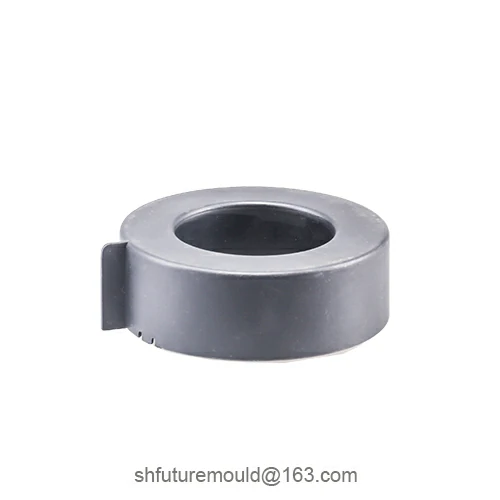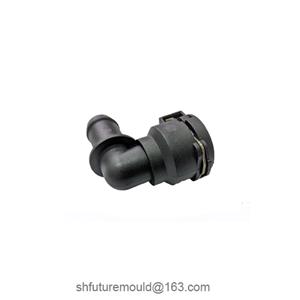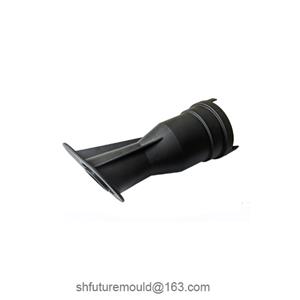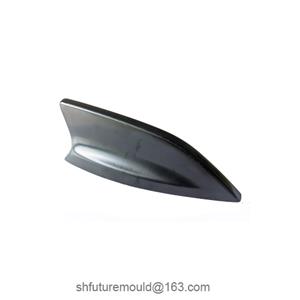Design Requirements for Injection Mold Clamping Bars
In the clamping system of injection molds, clamping bars (Clamping bars) are core load-bearing components that ensure stable mold operation. Their design quality directly determines the mold’s resistance to expansion, sealing of the parting surface, and equipment safety.
I. Material Performance Requirements: Foundation of High Strength and Fatigue Resistance
Clamping bars must withstand cyclic clamping forces (often reaching thousands of tons) and impact molten plastic pressure. Material selection must meet:
Base Hardness: Surface hardness ≥ HRC48 (e.g., H13 steel with nitriding treatment)
Tensile Strength: ≥1,500 MPa (e.g., DIN 1.2738 pre-hardened steel)
Fatigue Life: Guarantee ≥1×10⁶ cycles without cracks under alternating loads
II. Structural Design Guidelines: Core of Mechanical Optimization
Cross-Section Design
Standard Type: Trapezoidal cross-section (top width/base width = 1:1.2) with 45°±2° inclined surfaces
Enhanced Type: Ribbed box-type structure, increasing bending stiffness by 40%
Layout Parameters
Quantity Calculation: N=0.015×P (clamping force in tons) ±2 (use even numbers)
Spacing Control: Center distance between adjacent clamping bars ≤1.5× template thickness
Length Allowance: Reserve 0.02 mm/mm thermal expansion compensation at one end (for clamping bars >500 mm)
- Injection Mold
- Automotive Injection Mold
- Electronics & Electrical Injection Mold
- Consumer Goods Injection Mold
- Airplane Components Injection Mold
- Medical Components Injection Mold
- Irrigation Components Injection Mold
- Injection Molds




